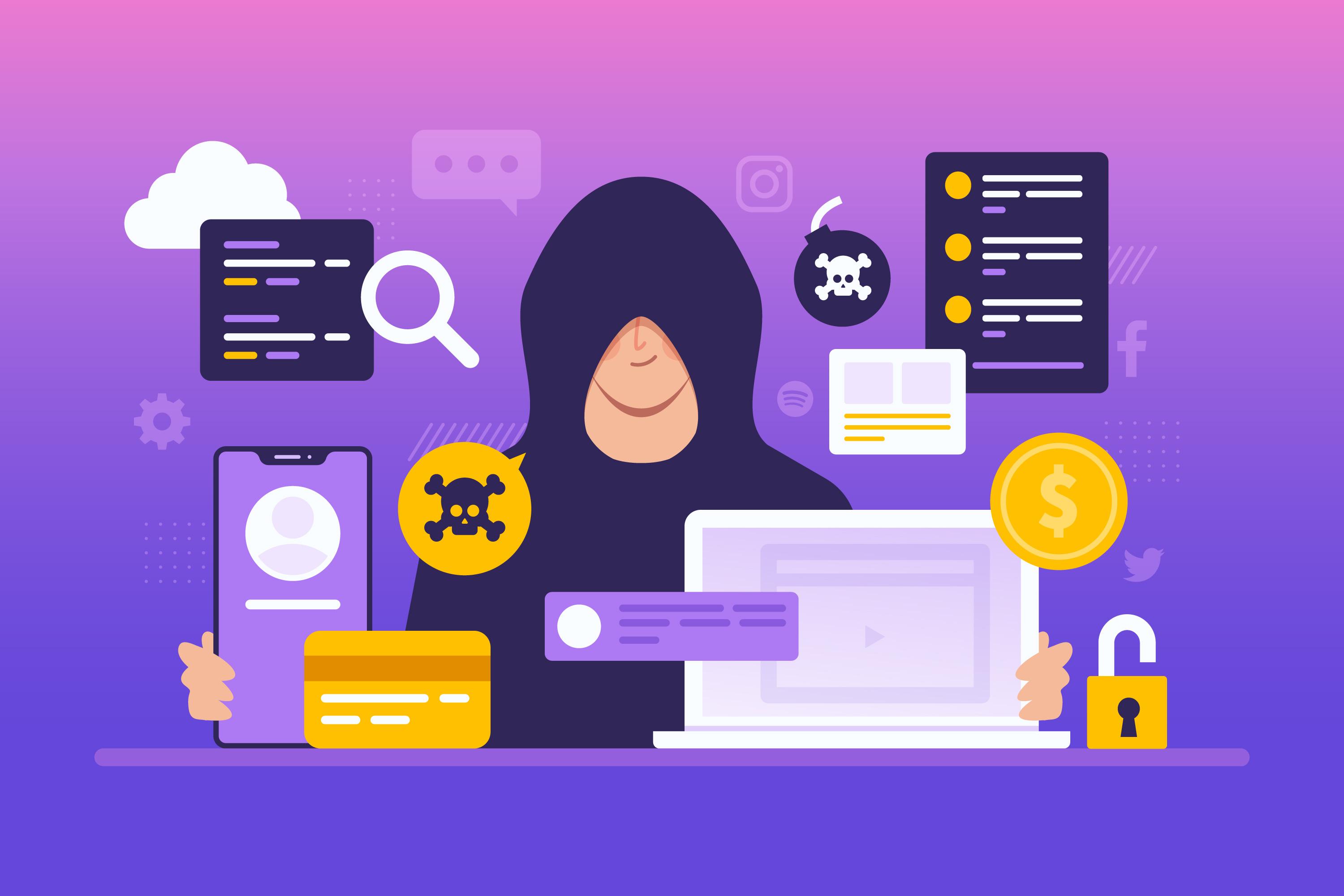Learning Cyber Security Day 5 - Common Coding Vulnerabilities🥉
 Gaurav Chaudhary
Gaurav Chaudhary
Hey security-conscious coders! We've been fortifying our code with encryption and secure coding practices. Today, we shift gears and delve into the enemy's playbook – common coding vulnerabilities that hackers exploit to gain access to systems and steal data.
Understanding the Threats Within the Code:
Imagine writing a beautiful symphony, only to discover a single wrong note that disrupts the entire harmony. Coding vulnerabilities are like those wrong notes – seemingly minor mistakes that can have significant security consequences. Let's explore some of the most common vulnerabilities programmers encounter:
SQL Injection: This vulnerability occurs when an attacker injects malicious SQL code into user input, tricking the database into executing unintended commands. This can lead to data theft, unauthorized modification, or even complete database compromise.
Cross-Site Scripting (XSS): This vulnerability allows attackers to inject malicious scripts into web applications. When a user interacts with the application, the script executes in the user's browser, potentially stealing session cookies, or redirecting users to phishing sites.
Buffer Overflows: These vulnerabilities occur when a program tries to write more data into a memory buffer than it can hold. Attackers can exploit this to overwrite adjacent memory locations, potentially injecting malicious code and taking control of the program.
Insecure Direct Object References: This vulnerability occurs when a program relies on user input to determine which object to access. Attackers can manipulate this input to access unauthorized objects, potentially leading to data breaches or privilege escalation.
Preventing the Attacks:
The good news is that most of these vulnerabilities can be prevented by following secure coding practices. Here are some key strategies:
Input Validation: Always validate user input to ensure it conforms to expected types and formats. This helps prevent malicious code injection.
Data Sanitization: Sanitize all data received from external sources before using it in your code. This removes potentially harmful characters that could be exploited by attackers.
Use Parameterized Queries: These queries separate data from the SQL statement, preventing SQL injection attacks. Most programming languages offer libraries or frameworks that facilitate this practice.
Proper Memory Management: Be mindful of memory allocation and avoid exceeding buffer capacity in your code. This helps prevent buffer overflow vulnerabilities.
Regular Code Reviews: Integrate code reviews into your development process. This allows you to identify potential vulnerabilities early on in the development cycle.
Beyond the Basics:
This is just a glimpse into the vast landscape of coding vulnerabilities. As we progress on this journey, we'll delve deeper into specific vulnerabilities, explore techniques attackers use to exploit them, and discover resources that help you write code that is not only functional but also secure.
Have you ever encountered a coding vulnerability in your projects? What resources have you found helpful in learning about secure coding practices? Share your experiences and tips in the comments below! Let's build a community of security-conscious programmers who write code with defense in mind.
Subscribe to my newsletter
Read articles from Gaurav Chaudhary directly inside your inbox. Subscribe to the newsletter, and don't miss out.
Written by

Gaurav Chaudhary
Gaurav Chaudhary
By day, I write code. By night, I slay digital dragons (or fix bugs, same thing for a noob like me). Wanna level up your coding skills without the carpal tunnel grind? This Blog is your ultimate side quest! We break down functional programming concepts like loot drops, turning your code from messy dungeon to sparkling new world. So ditch the controller, grab your keyboard, and join the coding crusade!